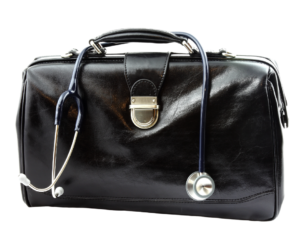No, not that kind of cocktail.
The Myer’s Cocktail, or Myer’s Push, is an IV of magnesium, calcium, vitamin C, and several B vitamins. It is a nutritional IV and is a form of vitamin therapy. It doesn’t look like the traditional IV we think of and it doesn’t take as long, either. We use the same size needle as we do for a blood draw, there is no bag to hang, and it takes about 15 minutes. This knowledge alone sets many people at ease.
But why would someone want to get vitamins by IV instead of just taking them orally? Even with a good diet, we can all use an occasional boost for healing. When there is extra stress or an illness that wears us down, bypassing the belly and getting nutrition straight to the tissues can do wonders for headaches, hypertension, COPD, asthma, fibromyalgia, diabetes, liver trouble, or any time we need to get nutrients deep into the tissues.
Serious side effects are rare with the Myer’s Push IV therapy. In my La Mesa Nauropathic Medical Clinic we always screen patients well to make sure the IV is appropriate for patients in our clinic. Minor side effects sometimes occur. We coach our patients on what might happen and they are rarely aggravated by it.
If you are curious about the Myer’s Cocktail and are wondering if it might be right for your healing, just drop us a line. We are happy to answer your questions.


